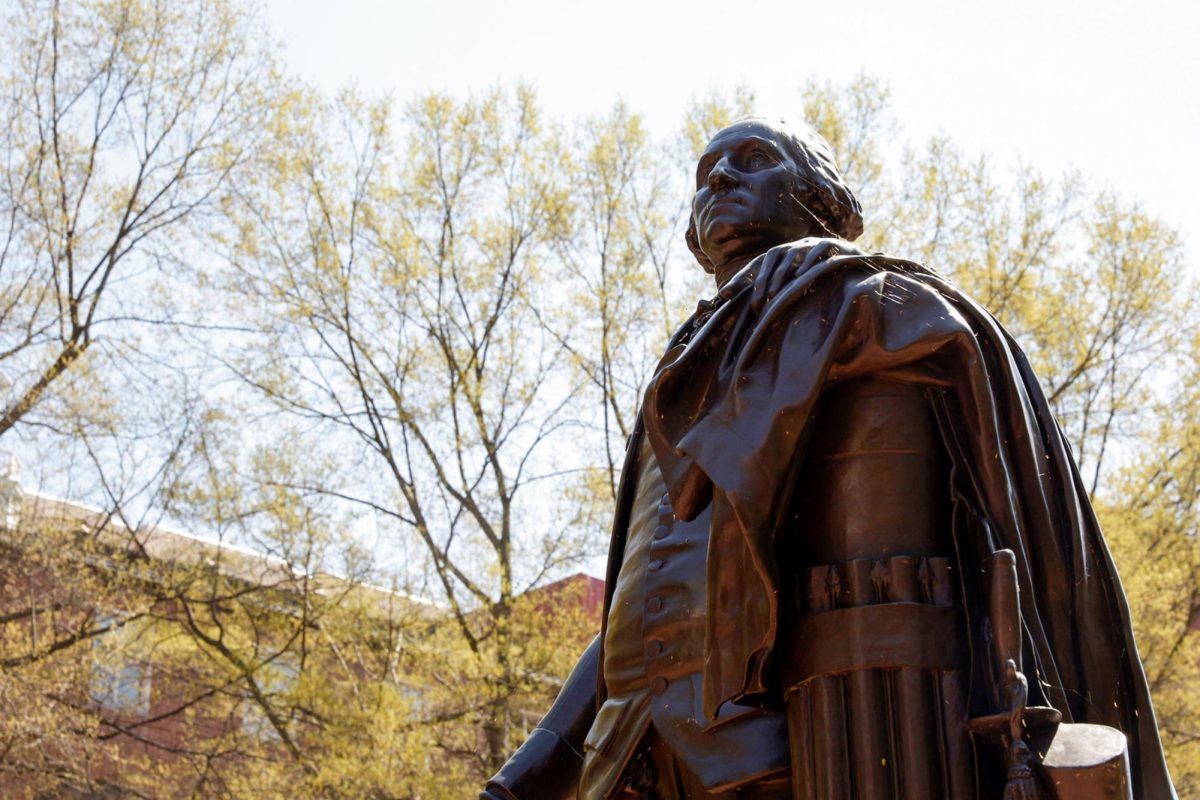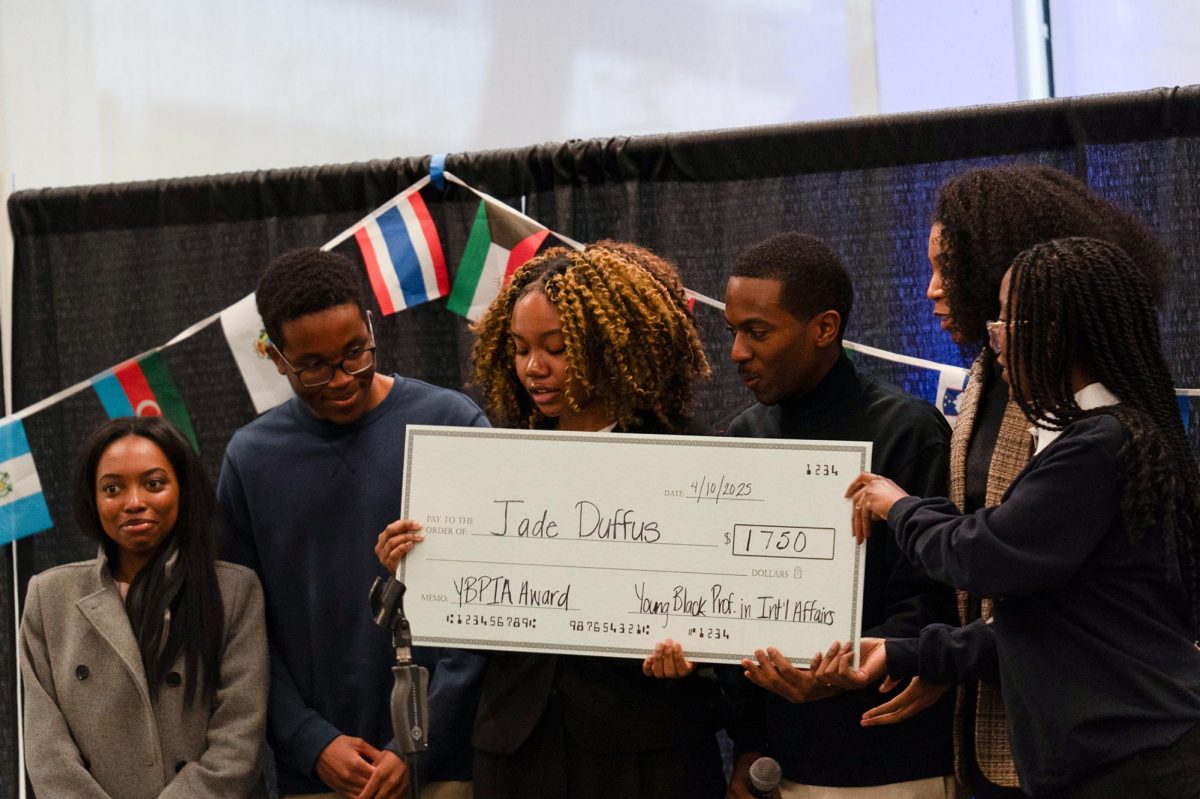A local school that recently avoided closure because of a city-planned merger may not have room to accept more students as planned because of enrollment boosts.
The city allowed Francis-Stevens Education Campus, a pre-kindergarten through eighth grade school, to stay open in January after it was slated as a satellite campus for the School Without Walls. Richard Trogisch, the high school’s principal, will now take the helm at both schools.
The School Without Walls, housed at the center of campus at 2130 G St., is about 110 students over capacity. Trogisch said in January that he planned to assign students to take classes in the N Street building, now to be called the School Without Walls at Francis-Stevens, on alternating days.
But Francis-Stevens parents have fought to turn around lagging enrollment, which D.C. Public School Chancellor Kaya Henderson cited as the reason the school was targeted. Fall enrollment has increased by 100 students, and some parents estimate Trogisch will fill the building within the next several years, leaving no room for the high school students.
Trogisch said Francis-Stevens already has a waitlist for its incoming 6th-grade class. The school will hold a meet-and-greet for current Francis-Stevens parents and prospective families Thursday.
“The brand is certainly attracting a lot of people, especially at the middle school level,” he said. “I think that’s because we’ll be a small middle school very much into personalization.”
Maurice Kennard, who has served as principal of Francis-Stevens since 2008, declined to comment on the merger, which will combine both schools’ budgets and delegate hiring decisions to Trogisch.
But many of the high school parents are reluctant to unite with Francis-Stevens. John Mitchell, a School Without Walls parent and leader of the school’s advisory team, said DCPS did not greenlight the merger with parents and has failed to communicate timelines and logistics.
“They see no benefit to the high school at all. They feel this is not going to help School Without Walls in any way,” he said.
Mitchell added that future cuts to the combined budget could pit parents against each other if one school loses more funding than the other. Trogisch said the budget is still in the works, and the merger along with increased enrollment at Francis-Stevens allowed him to hire back staffers that lost their jobs in the last budget crunch.
Patrick Kennedy, a junior who joined the Foggy Bottom and West End Advisory Neighborhood Commission this year, has fought back against claims that the merge does not benefit the School Without Walls, citing access to the Francis-Stevens auditorium, gymnasium and surrounding athletic fields.
The ANC voted unanimously to support the merger at a March 20 meeting, despite calls by another student member, Jackson Carnes, for an investigation.
Florence Harmon, the flagship neighborhood group’s chair, directed School Without Walls parents to leave the meeting when they began to voice concerns about the merger, citing time constraints.
A chair of the Francis-Stevens parent-teacher association, Erin Michener, said the school would gain from Trogisch’s leadership. The School Without Walls, a public magnet high school, has a 100 percent college acceptance rate, according to its website.
“School Without Walls has an excellent reputation with a model principal, a model staff and model students,” she said. “We hope to learn from that model and do what we can to replicate it so that our school flourishes as well.”






